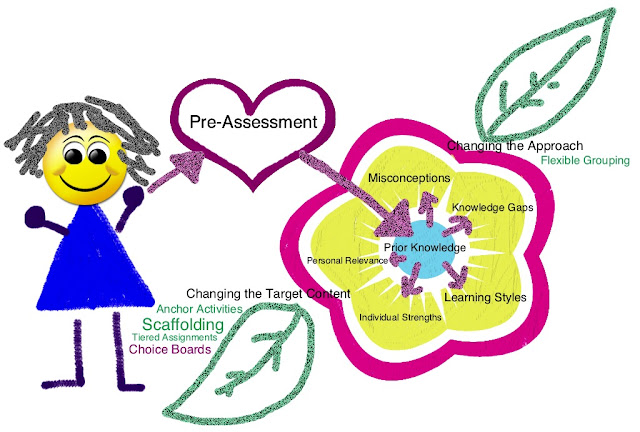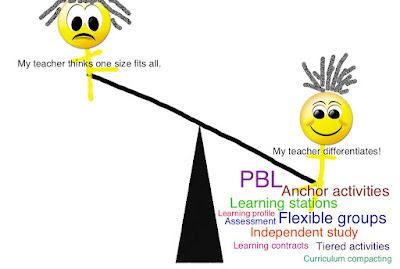Instructional Practices with Huge Impact

So, you've done some formative assessment , and the results show you that the route you had planned to take with your instruction actually needs to adapt to where the students are at. Lesson planning and formative assessment remind me of planning a day trip. When I prepare for a trip, I like to have a plan or a route for where I'll go, where I'll park once I'm there, and what I'll do. Sometimes I need to make adjustments along the way, such as taking an alternative route when the street has construction work or is too congested. Other times, when I get there, the parking lot might be full, or I might find a more cost effective lot to park in. Lesson plans and formative assessment are similar because I start with a plan, but once I'm there, I realize that adjusting my plan to fit the circumstances and student needs are in our best interests. The formative assessments provide me with feedback on which route to take, what speed to progress at, and what pit st

